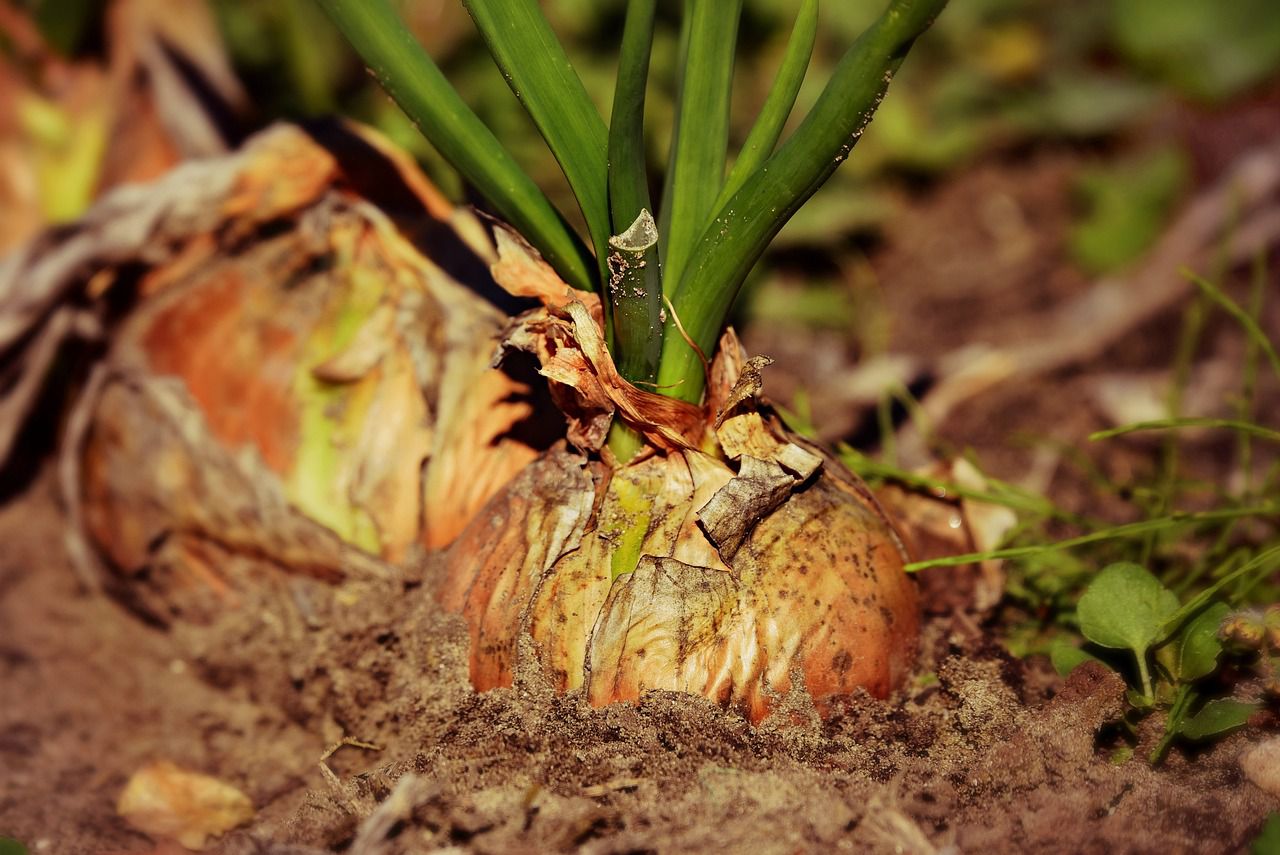Some crops can be planted not only in spring, but also in fall.
It affects their size, taste, and health, but both approaches have their strong sides.
Let's find out more.
Let's start with spring planting.
Bulb Development
Onions planted in the spring have a longer growing season ahead of them.

Bolting Risk
Spring-planted onions are more susceptible to bolting, which is the premature formation of flower stalks.
Bolting can occur when temperatures rise and daylight hours increase, causing onions to divert energy from bulb growth to flowering.
Harvest Time
Harvesting usually occurs in late summer or early fall, depending on the variety and growing conditions.
Now, let's talk about fall planting.
Overwintering
Onions planted in the fall have a chance to establish their root systems before entering a dormant period during winter.
The cool temperatures of fall and winter allow the onion plants to rest and accumulate energy, which promotes robust growth in the following spring.
Early Spring Growth
As the weather warms and day length increases, onions can resume active growth, putting their stored energy to use for foliage and bulb development.
Bulb Size and Quality
Fall-planted onions tend to produce smaller bulbs compared to spring-planted ones.
Harvest Time
Fall-planted onions are typically harvested in late spring or early summer, depending on the specific growing conditions and the variety's maturity rate.









